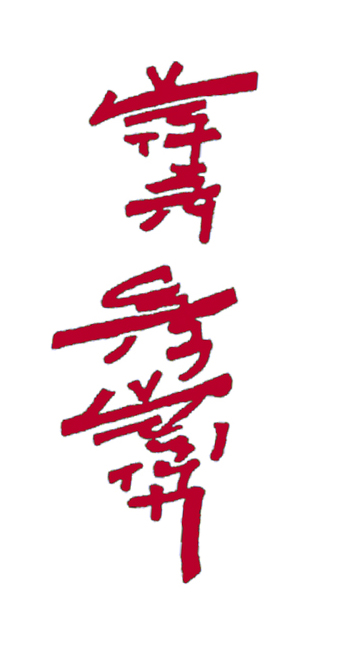Karate & Taeknowndo vs. Chinese martial arts
Karate
Most modern Karate practitioners—especially casual or newer students—may not be aware that Karate was once referred to as “Kara Jūsudō” or understand its historical roots in Chinese martial arts. This is not necessarily a matter of “forgetting” but more often due to how Karate is typically taught today, with a focus on techniques, kata, and discipline rather than its deeper historical and philosophical evolution.
Context and Clarification:
Kara Jūsudō (or sometimes rendered as “Tang Hand Gentle Way”) reflects an earlier phase of Karate’s development when it was more closely associated with Chinese martial arts (“Tang” meaning China, as in the Tang dynasty).
The term “Karate” (空手) today is translated as “empty hand,” but it was originally written as 唐手, meaning “Chinese hand” (Tang hand), referencing its Chinese influences.
The change from 唐手 to 空手 occurred in the early 20th century, especially under Gichin Funakoshi and others who wanted to align Karate more with Japanese culture and Zen philosophy, moving away from its Chinese image.
“Jūsudō” isn’t a common term in mainstream Karate history, and might be more recognizable to those with a background in both Judo and early Okinawan martial arts history. It may reflect a hybrid understanding or transitional naming from the time Karate was still evolving and not yet codified as it is today.
Why it’s “forgotten”:
Modern Karate is often practiced as a sport, with standardized forms and competition rules.
Dojo curricula often emphasize technique over historical origin unless the instructor places a strong emphasis on martial philosophy and history.
There’s a general lack of deep historical education in many schools outside of more traditional or lineage-focused dojos.
Summary:
Yes, many Karate practitioners do not know or have forgotten that Karate was once “Kara Jūsudō” or “Tang Hand” influenced by Chinese martial arts. This isn’t surprising, but it’s a reminder of the importance of preserving and teaching the historical roots and evolution of martial arts.
Taekwondo
Most modern Taekwondo practitioners are unaware—or have forgotten—that Taekwondo was once called Tang Soo Do (or Tangsudo), especially those who train in sport-focused schools or do not study martial arts history in depth.
Here’s the historical context:
🔹 Tang Soo Do (당수도 / 唐手道): Tang Soo Do means “The Way of the Chinese Hand,” with “Tang” referring to the Tang Dynasty of China, much like early Karate’s Tang Hand (唐手).
The name reflects the Chinese martial arts influence on Korean fighting systems during and after the Japanese occupation (1910–1945), when martial arts like Karate were introduced to Korea.
During this time, many Korean martial arts schools (called kwans) practiced systems heavily influenced by Japanese Karate, which itself had Chinese roots.
🔹 Transition to Taekwondo (태권도 / 跆拳道): In the 1950s and 60s, the Korean government pushed to unify the various kwans under a single national martial art.
The name Taekwondo, meaning “The Way of the Foot and the Fist,” was officially adopted in 1955, with General Choi Hong Hi playing a key role in the naming and organization of the art.
The renaming from Tang Soo Do to Taekwondo symbolized a shift away from foreign influence (China, Japan) toward a distinct Korean identity.
🔹 Why many forget: Taekwondo today is largely taught as a modern, sport-oriented martial art, especially with its Olympic recognition.
Many schools focus on competition, forms (poomsae), and sparring, with little emphasis on historical roots.
Without dedicated instruction in martial arts history, students may never learn about the connection to Tang Soo Do.
Summary:
Yes, most Taekwondo practitioners either don’t know or don’t remember that it was once called Tang Soo Do, a name reflecting its Chinese and Japanese martial arts heritage before it became a uniquely Korean martial art.
